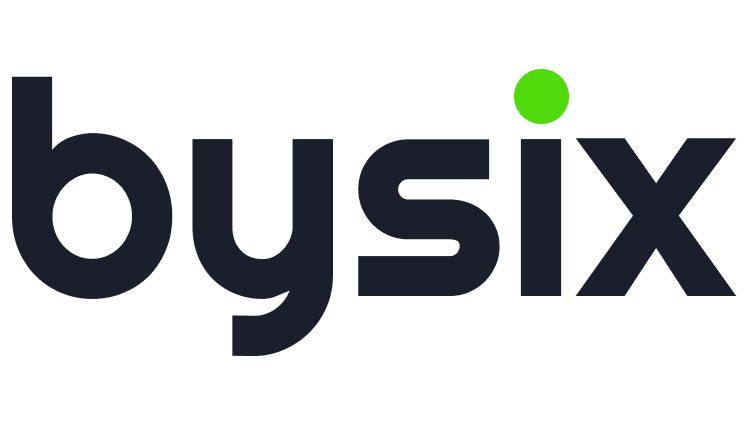The best software development companies in Portugal in 2025
In 2025, the best software development companies in Portugal continue to position the country as a technological innovation hub, hosting several companies renowned for their innovation and excellence. The country has been attracting global companies seeking not only technical quality but also cultural proximity, making IT nearshoring an increasingly popular choice. The combination of competitive costs, high technical qualifications, and robust infrastructure explains why the best software development companies in Portugal in 2025 are chosen to develop cutting-edge technological solutions through IT outsourcing and IT offshoring. Here are some of the best companies in the sector: OutSystems OutSystems is one of the world’s leading low-code software development platforms and a benchmark in Portugal. The company provides solutions to accelerate the creation of enterprise applications, helping businesses reduce development time and improve efficiency. Its IT outsourcing and IT nearshoring approach have allowed it to expand rapidly, connecting global businesses to a highly skilled team in Portugal. Critical Software Critical Software is known for its expertise in software for highly regulated sectors, such as aerospace, automotive, and finance. The company provides IT offshoring services to international clients, maintaining a commitment to the quality and security of technological solutions. Its development and delivery model is ideal for companies seeking safety and reliability in their software processes. Talkdesk Talkdesk is a leading company in developing software solutions for customer service centers. Its AI-powered platform helps companies improve customer experience by integrating multi-channel support. With an international presence and a strong client base, Talkdesk is an excellent example of IT outsourcing, providing high-quality services with a team based in Portugal. Feedzai Specializing in artificial intelligence solutions for fraud prevention in the financial sector, Feedzai has experienced significant growth, positioning itself as one of the leading tech companies in Portugal. Feedzai has stood out as a major provider of IT outsourcing and AI development, helping financial institutions protect their operations against real-time fraud, with a strong focus on IT nearshoring. Mind Source Mind Source excels in IT consulting, offering software development and innovative technological solutions. With a strong commitment to quality and innovation, the company has been recognized as one of the best places to work in Portugal's IT sector. It also stands out for its role in IT outsourcing and IT offshoring, offering flexible solutions that meet the global needs of businesses. Altar.io Headquartered in Lisbon, Altar.io is a software development company specializing in creating custom digital products. The company has collaborated with startups and large corporations to transform ideas into effective technological solutions. Altar.io is on the rise as a notable example of an IT outsourcing and IT nearshoring company, with strong adaptability to client needs. Unilabs Unilabs is one of Portugal’s leading medical technology companies, with a strong presence in the global market. The company exemplifies how IT outsourcing can be leveraged in highly specialized sectors like healthcare. Unilabs heavily invests in cutting-edge technology and international collaboration to develop software solutions tailored to clients' specific needs. BySix BySix is a company specializing in software engineering, IT consulting, and nearshore services. With a client-centric approach, it delivers tailored solutions that drive businesses forward in the digital age. BySix is a market leader, offering software development services with a unique combination of technical excellence and a culture of close collaboration with its clients. Focused on innovation and agility, BySix specializes in creating custom software solutions for companies seeking digital transformation. These companies exemplify the dynamism and innovation capacity of Portugal's technology sector. The best software development companies in Portugal in 2025 are paving the way for the future, reinforcing the country's role as an emerging technological hub and a top reference in the international market for IT outsourcing, IT offshoring, and IT nearshoring.
















